Winnipeg’s new bus network launches June 29, 2025

When the new Primary Transit Network launches later this month, it will be a big deal. It will be one of the single biggest overnight changes to a North American transit system.
The new route network is a significant step forward in transforming our transit system. It was designed using the feedback you gave us when we were developing the Winnipeg Transit Master Plan.
Before everything changes, there are a few things you need to know.
Launch day is June 29
The last day our current route network operates is Saturday, June 28, 2025. The new network goes into service the next day.
We want to make this transition as smooth as possible. From June 23 to July 4, Transit staff will be in areas with high ridership to help people navigate the new network.
Your stops and routes will change
The entire transit network has been redesigned. This means we’re replacing just about all bus routes in Winnipeg. Bus stops will also be added, removed, or shifted to a new location.
Pay close attention to the temporary signs recently installed at all stops.
New stops are being added to streets getting transit service for the first time. If buses no longer run down a street, those stops will be removed. Stops may also be moved to make them more accessible, closer to controlled crosswalks, or for consistent spacing between other stops.
Schedules are out now so you can plan ahead
Be prepared to ride the new network by planning your trips in advance.
Schedules for new routes and bus lines are online now. You can also use Navigo and the Transit app to look up schedules and plan your trips.
Our 311 Contact Centre can help you as well.
Expect more frequent, direct, connected, and simplified service

Video above: Adam Budowski explains the Primary Transit Network and feeder routes.
The new network is a spine-and-feeder system.
Bus service on Primary Transit Network lines, or the spine, will be frequent. During peak times, buses will come as often as every five to 10 minutes.
The feeder part of the system is made up of community and connector routes. They’ll stay on time more often because they’re avoiding congested areas. They aren’t travelling downtown at all.
This type of network allows us to increase capacity and maintain frequent service downtown. It also means service is improved for people who don’t need to head downtown.
Accessibility will be improved
The new network was designed with accessibility in mind. Bus stop locations were chosen to reduce the distance people have to go to transfer buses. Riders will also notice upgrades to bus stop infrastructure. Additional changes to improve bus stop accessibility will continue to take place through 2028.
More On-Request zones will also be added. Where feasible, Transit Plus customers traveling within On-Request zones can get curb-to-curb service. Currently, Transit Plus trips must be booked in advance. With On-Request, you book at the time you want to take your trip.
Have questions?
We know people experience our transit system in different ways. A change as significant as this means you’ll likely have some questions.
We’ve put together a list of what we’ve been hearing so far and our answers. Reach out if you have any questions that haven’t been covered. We’ll do our best to help you.
